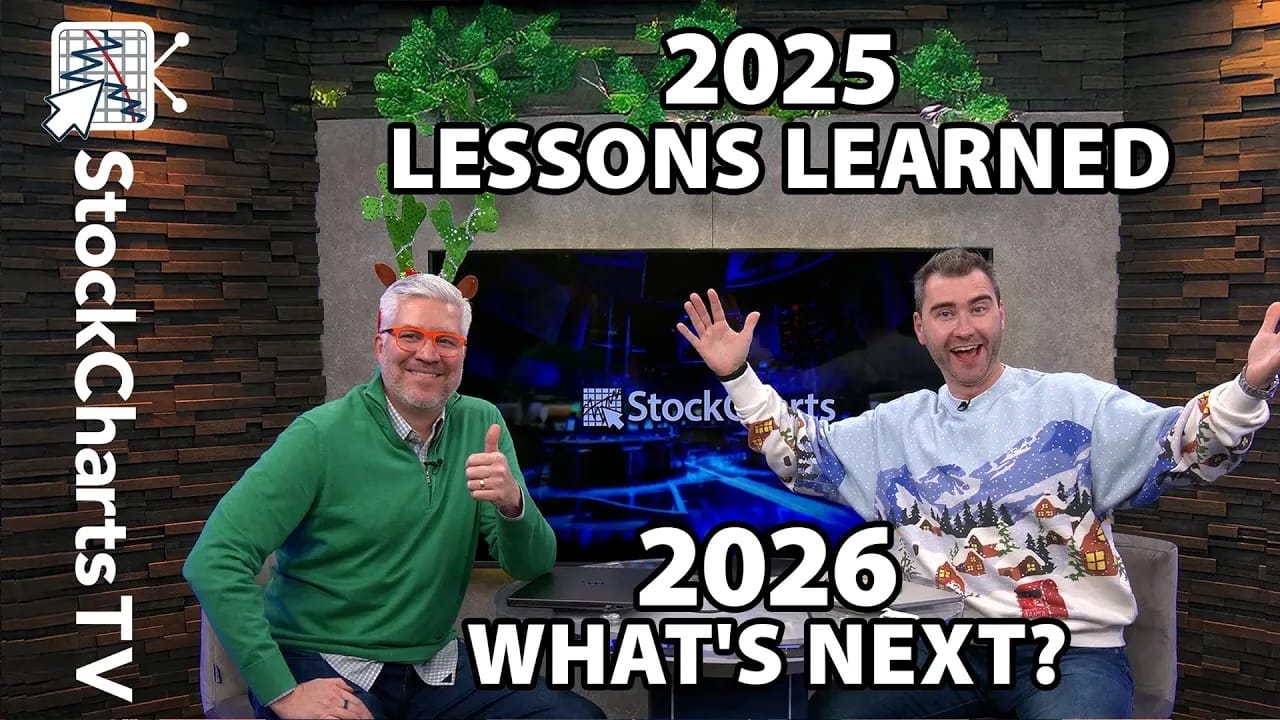POINT & FIGURE TRENDS FOR MAJOR STOCK INDEXES ARE STILL UP -- NEW BULLISH PERCENT BUY SIGNALS HAVE BEEN GIVEN IN GOLD AND ENERGY -- NEW ENERGY BUYING APPEARS TO BE COMING FROM A REBOUND IN NATURAL GAS -- NATURAL GAS STOCK LEADERS INCLUDE CHK, DVN, AND EP
POINT & FIGURE TRENDS ARE STILL UP... It's true that the market has recovered more than 50% since March. It's also true that many indicators show overbought readings. The most important indicator of all, however, is the actual trend of prices which is still up. At such times, point & figure charts are especially good in helping us stay on the right side of the market trend and alerting us when that trend is changing. The first three charts show the p&f trend of the Dow, the S&P 500, and the Nasdaq with one percent box sizes. An uptrend is intact as long as the X (up) columns keep hitting new highs. All three markets are doing that today. In order for a sell signal to occur, prices have to close below the last O column. That would means closes in the Dow at 9193, the S&P at 989, and the Nasdaq at 1947. Until that happens, the market trend remains up.

Chart 1

Chart 2

Chart 3
BULLISH PERCENT INDEXES ARE STILL UP ... I wrote in a previous column that Bullish Percent Indexes for the major market indexes were in overbought territory but still trending higher. That's still the case. [BPI readings measure the percent of stocks in p&f uptrends]. Readings over 80% are overbought. At present, the BPI readings are closer to 90. No actual p&f sell signals have been given however. I recently showed the BPI for the Nasdaq 100 (BPNDX) suffering a downside three-box reversal (Chart 4). Since then, the trend has reversed back upward. That keeps the uptrend intact, but makes the 82 level important support. Any drop to 80 in the BPNDX would be interpreted as a Nasdaq 100 sell signal. Chart 5 shows the S&P Materials BPI (BPMATE) testing chart support at 80. A drop to to 78 or lower would trigger a BPI sell signal in that group. Two groups that have given recent BPI buy signals are gold and energy shares.

Chart 4

Chart 5
GOLD AND ENERGY BUY SIGNALS... A few weeks back I wrote that the Gold Miners Bullish Percent Index (BPGDM) needed to reach 78 to issue a new buy signal. Chart 6 shows that bullish signal taking place earlier this month. Although the buy signal is coming from a relatively high level, it's still a positive sign. Chart 7 shows the S&P Energy Bullish Percent Index (BPENER) issuing a new buy signal at 68. Energy stocks have been market laggards of late and may present some relative value at current levels. New buying in natural gas may have something to do with that.

Chart 6

Chart 7
NEW NATURAL GAS LEADERSHIP... One of the factors that has propelled this week's buying in the energy patch is the strong rebound in the price of natural gas. Chart 8 shows the Energy Select SPDR (XLE) reaching a three-month high this week. The XLE/SPX ratio (below chart) shows a jump in the relative performance of the XLE. The line on top of Chart 1 shows a jump in natural gas this week. In my view, the weakness in natural gas prices has been one of the main drags on the energy sector. That may now be changing. Further evidence is shown in a number of natural gas stocks that have led the XLE higher this week. Three of the top five percentage gainers in the XLE this week are Chesapeake Energy (Chart 9), Devon (Chart 10) and El Paso (Chart 11). CHK has soared to a new 2009 high, while Devon has just broken through its summer high. Chart 11 shows EP moving to the top of a bullish "symmetrical triangle". All three of their relative strength lines show them gaining on the XLE. Some other natural gas stocks that are nearing potential upside breakouts are Noble (NBL), EOG Resources (EOG) and Southwestern Energy (SWN). Their point & figure charts are shown in Figures 12, 13, and 14.

Chart 8

Chart 9

Chart 10

Chart 11

Chart 12

Chart 13

Chart 14
NATURAL GAS IS A BARGAIN VERSUS CRUDE ... The monthly bars in Chart 15 show the price of natural gas scoring a potential upside monthly reversal from deeply oversold territory (as shown by the Commodity Channel Index). The chart also shows that natural gas and crude oil (black line) have had a tendency to trend together over the last decade. Not this year, however. Natural gas has fallen to the lowest level in seven years while crude has risen. That disparity has pushed natural gas to the cheapest level versus crude in at least fifteen years. That may make natural gas (and natural gas stocks) a relative energy bargain. Chart 16 plots a point & figure chart of the United States Natural Gas Fund (UNG). The trend has been down all year. The last green X column, however, shows that the short-term trend of the UNG may be turning higher.

Chart 15

Chart 16











